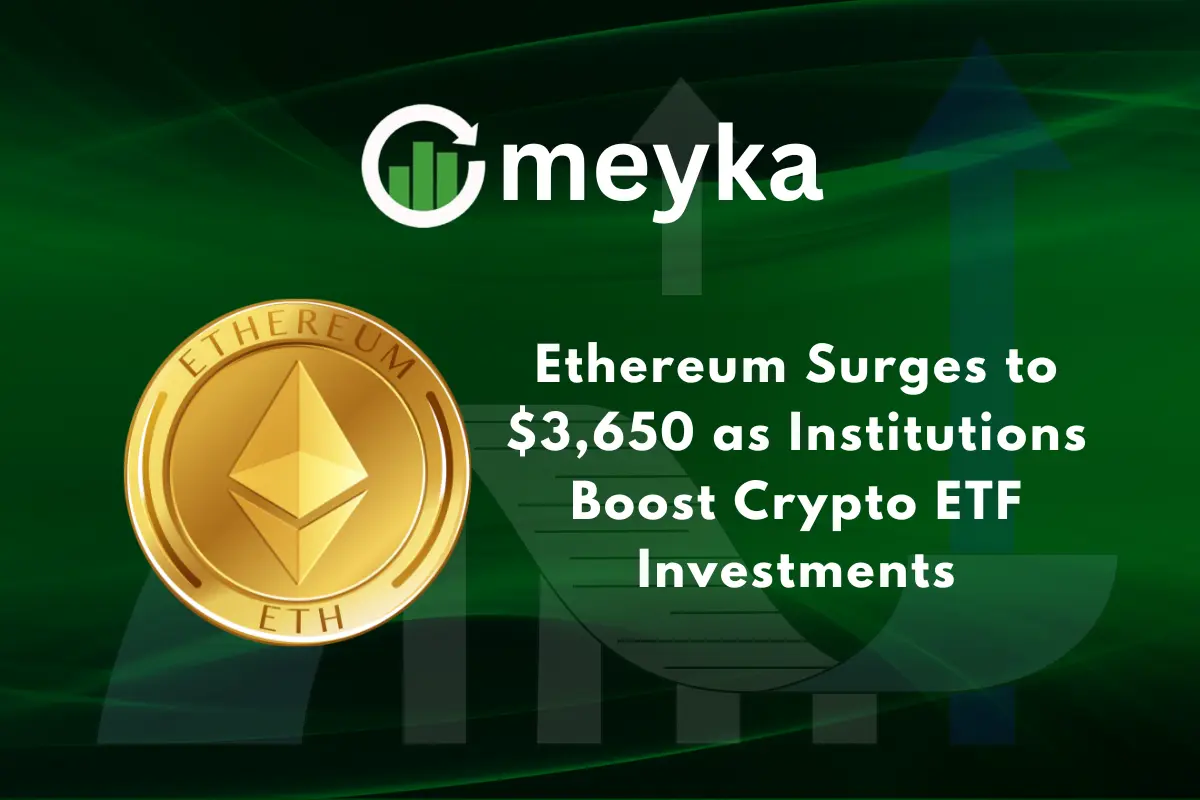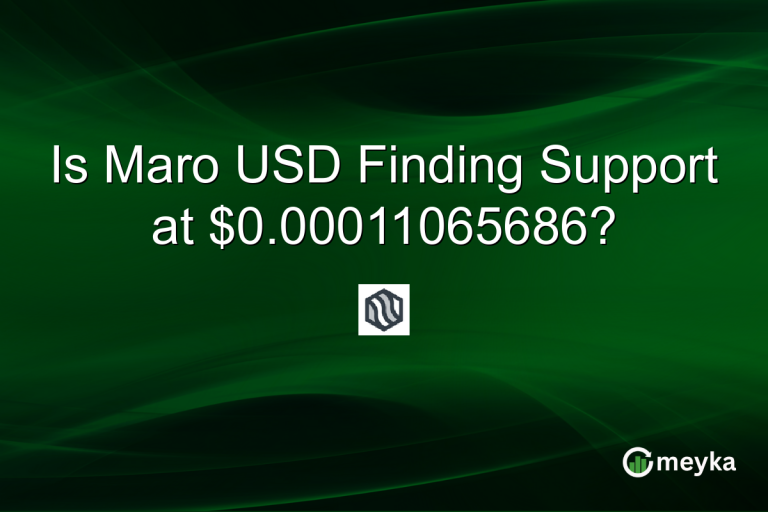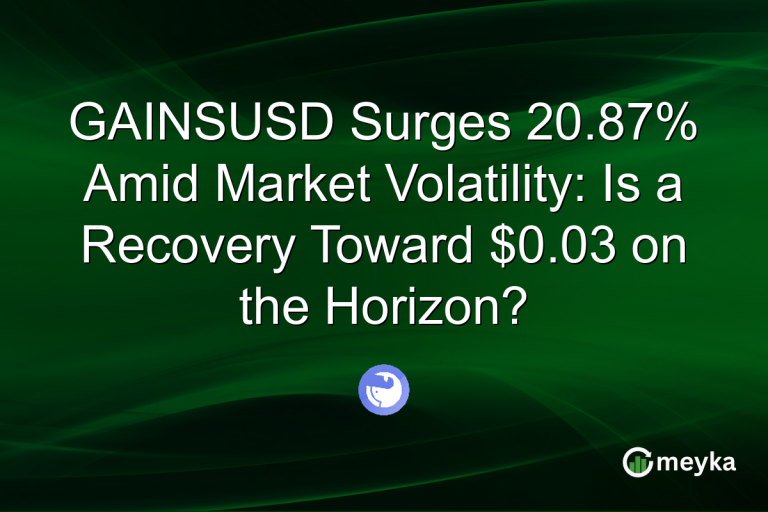Ethereum Surges to $3,650 as Institutions Boost Crypto ETF Investments
On 12 November 2025, the cryptocurrency Ethereum (ETH) surged to around $3,650, driven by a wave of institutional interest and fresh investments in crypto‑ETFs. This uptick reflects a growing confidence among large investors, who are increasingly treating Ethereum not just as a speculative asset but as a strategic addition to their portfolios. Alongside this price jump, the spotlight has shifted to how exchange‑traded funds are playing a pivotal role in broadening Ethereum’s market reach.
With more institutions entering the field, the ripple effects are being felt in liquidity, asset flows, and market sentiment. Let’s dive into what’s behind the surge, why it matters, and where things could go next for Ethereum.
Ethereum Price Surge: Key Factors
On 11 November 2025, Ethereum (ETH) jumped to around $3,650, marking a roughly 20% rise from about $3,050.

This surge is driven by several key factors: strong institutional interest, rising liquidity in the Ethereum ecosystem, and improving macro conditions. For example, the stablecoin Tether (USDT) supply on the Ethereum network more than doubled from about $54 billion to over $102 billion signalling more capital flow on‑chain.
Meanwhile, large players like BitMine Immersion Technologies increased holdings substantially, with one report showing ownership reaching 2.9% of Ethereum’s total supply.
Technically, that price range around $3,650-$3,700 has been a barrier. Breaking past it could lead to further upside, while failure to do so may trigger a pull‑back.
Institutional Investment in Crypto ETFs
Crypto investment via exchange‑traded funds (ETFs) is gaining traction. Simply put, an ETF is a fund that trades on an exchange and holds assets like stocks or in this case, crypto.
Institutional players are targeting Ethereum‑related ETFs, which gives the network a credibility and liquidity boost. On 11 November 2025, for instance, one source highlighted that more than 80% of institutions were interested in crypto ETFs beyond just Bitcoin. Although some recent data show short‐term outflows from ETH ETFs over $800 million in withdrawals in a recent six‑day span.
Still, long‑term accumulation appears robust. Entities like BitMine and others are making large purchases in anticipation of structural growth. This is more than mere speculation; it signifies institutional conviction.
Implications for Ethereum
In the short term, Ethereum’s price acceleration draws attention and can attract new capital. Higher liquidity and ETF interest may support upward momentum. However, failure to break key resistance levels could cause sharp corrections; the $3,500 support zone remains crucial.
In the long term, increased institutional involvement suggests Ethereum is moving from speculative assets to strategic tech infrastructure. The rising stablecoin flows and growing usage of the Ethereum network hint at deeper adoption. One report suggests Ethereum’s network fundamentals are setting up for a major breakout in 2026.
As a result, investor sentiment matters. If large holders stay committed and more institutions allocate to Ethereum, the network’s role in DeFi, stablecoins, and tokenization could strengthen further. This could widen the gap between Ethereum and many smaller alt‑coins.
Market Trends and Expert Insights
Market analysts note that Ethereum is in a consolidation phase around $3,580, with a breakout above $3,600-$3,650 potentially opening the way to $3,700 or more.
For example, one forecast suggests that if bullish momentum holds, Ethereum could reach $4,600-$5,500 by year‑end, though this depends on macro factors and sustained adoption.
From a structural perspective, large financial institutions such as Citigroup and Standard Chartered have raised their year‑end targets for ETH due to strong institutional interest and crypto treasury strategies.
Still, risk remains. Technical resistance around $3,650–$4,000 is strong and macroeconomic uncertainty (such as interest‑rate policy) could dampen momentum.
Challenges and Risks
Despite positive signs, Ethereum faces several risks. First, regulatory uncertainty remains a concern. Even with ETF growth, flows can reverse quickly if policy shifts. The recent ETF outflows show this is possible.
Second, technical resistance and weak volume on rallies suggest buyers may lack conviction. One analysis shows weak volume on upward moves and a descending triangle pattern for ETH as of early November 2025.
Third, macroeconomic headwinds such as higher interest rates or reduced risk appetite could pull capital out of crypto, including Ethereum. Finally, a downward break below support levels (e.g., $3,500) could lead to a move toward $3,300 or lower, amplifying losses for short‐term holders.
Conclusion
Ethereum’s surge to around $3,650 on 11 November 2025 signals meaningful institutional and ecosystem momentum. The growing ETF interest and rising liquidity flows suggest Ethereum is gaining both mainstream and financial‑institution backing. But the path ahead is not without obstacles: key resistance, technical weak points, and macro risk could temper short‑term gains.
The larger story may lie in how Ethereum evolves if network adoption, staking, and institutional strategies align, then the current move could be part of a broader upward trend. Monitoring ETF flows, large holder behavior, and technical breakouts will be vital in assessing whether this momentum holds.
Disclaimer: The content shared by Meyka AI PTY LTD is solely for research and informational purposes. Meyka is not a financial advisory service, and the information provided should not be considered investment or trading advice.






